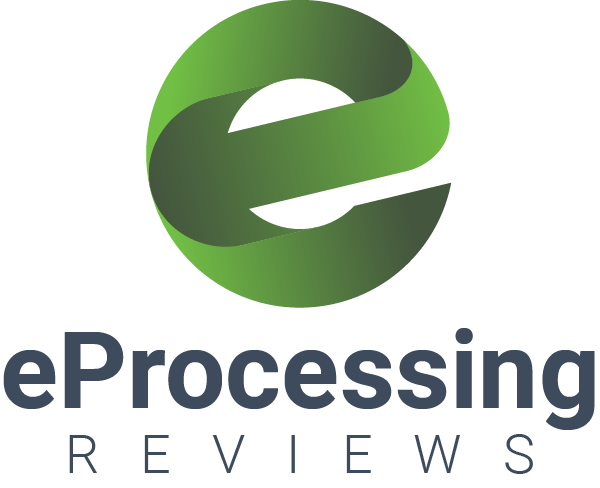Payment processors serve as middlemen for companies and financial agencies, allowing both online and offline merchants to embrace various payment methods. Payment processors check the legality of a contract in real-time by calling the customer’s issuing bank.
While using a payment processor costs money, the more payment options a company supports, the more consumers it will serve, eventually increasing sales.
Payment processing technologies may be combined into point-of-sale (POS) services, but businesses can enter into a contract with payment processors of their own. To put it another way, companies may use one payment processing firm and a single POS vendor.
Alternatively, they can use an all-in-one approach that includes both the POS framework and payment processing providers. These one-stop shops, also known as payment processing companies, will help a company maintain all of the payment information in one location, saving time, reducing errors, and lowering prices.
Be careful not to mistaken payment processors with payment gateways, which are retailer services that allow e-commerce transactions—though you can’t get one without the other in some instances. It’s often referred to as the online equivalent of a physical point-of-sale system in a physical store.
E-commerce retailers may accept purchases via a payment gateway, which safely transmits consumer payment details to the merchant’s payment processor for authorization. A payment gateway, in other words, acts as a bridge between the merchant’s website and the payment processor.
How Does Payment Processing Work?
The payment processing world is confusing, with a range of terminology and vocabulary to learn. However, the procedure is reasonably straightforward. Here’s a quick step-by-step process flowchart if you’re not sure what happens when the consumers pay with credit or debit cards:
Step-1
The consumer completes the purchase procedure and selects credit or debit card payment, including cardholder details.
Step- 2
The merchant then sends the financial data, including cardholder records, to the payment gateway.
Step-3
The payment gateway sends the information to the merchant’s third-party payment processor after obtaining the transaction data.
Step-4
Following that, the payment processor would submit the purchase data to the card network (i.e., Visa or MasterCard).
Step-5
The transaction details will be sent to the customer’s bank, which will verify if there are sufficient funds in the account to complete the transaction.
Step-6
The card network receives an answer indicating whether the transaction was accepted or rejected.
Step-7
The card network then relays the message to the payment processor. The payment processor informs the retailer and the client of the response by relaying it to the payment gateway.
Step-8
Finally, the funds are transferred by the customer’s bank into your merchant account, where they will be kept for a set amount of time before being charged into your company bank account.
Payment Processing Vocabulary One Should Know
The Purchaser
The acquirer, also known as the purchasing or merchant bank, is the banking entity that manages a merchant account to accept credit cards. The acquirer deposits a merchant’s card purchases into their account. The payment server and the acquirer are also interchangeable.
The Issuer
The cardholder’s bank, known as the issuer or issuing bank, is in charge of paying the acquirer (and, therefore, the merchant) for authorized card purchases and receiving payment from cardholders.
Payment Card Industry Compliance
PCI conformity applies to adherence to the Payment Card Industry Data Security Standard (PCI DSS). PCI DSS is a data protection requirement that refers to any entity that processes, stores, or transmits payment card data.
Every dealer must follow PCI mandates that take card payments. Failure to obtain and sustain PCI enforcement will expose a retailer to a data breach and the associated negative consequences, such as penalties, costs, and lost sales.
PCI enforcement is difficult to achieve and is dependent on several variables. Any payment processors provide their retailers with PCI enforcement software and assistance. Security check-lists, hands-on assistance, intrusion coverage, and other services could be available.
Since PCI mandates are revised frequently, it’s a bright idea to partner with a seasoned processor who can have a comprehensive PCI enforcement program.
EMV Chip Cards
After the change in fraud chargeback responsibility in October 2015, EMV chip cards have become more popular. Merchants now bear additional liabilities for card-present theft as a result of the responsibility transfer. In other words, if a company processes a chip card without having an EMV-enabled terminal, it may be held liable for any fraud that occurs as a consequence.
EMV isn’t a requirement like PCI (e.g., merchants will not be fined for not using an EMV-enabled device). However, when it comes to retailers and chargeback rates for present-card purchases, it’s a must.
It’s crucial to remember that EMV doesn’t shield you from a data breach—where that’s PCI comes in. As a result, make sure to inquire about EMV and PCI enforcement options from your payment processor.
Factors to Consider When Selecting a Payment Processor
Any company that needs to accept credit or debit card purchases from their clients must use third-party payment processors. If you want to learn how to select a payment processor? Here are a few primary elements to keep an eye out for:
Compatibility
Whenever possible, use a payment processor that works with the other e-commerce apps you’re already using.
PCI Compliance
Since you’re keeping cardholder data, you need to make sure your system is safe. Look for a payment processor that is PCI compatible.
Fraud
Fraud is a big worry when it comes to making payments. Choose a payment processor with built-in fraud security.
Final Words
It’s critical to understand how internet purchases, players, and prices operate when the first consumer clicks “check out.”
Knowing all about payment processing is imperative even if you’re extending a brick-and-mortar company to allow payments digitally or launching a new enterprise from the ground up. That way, you’ll be ready with a strategy that works for you and your business.






Comments